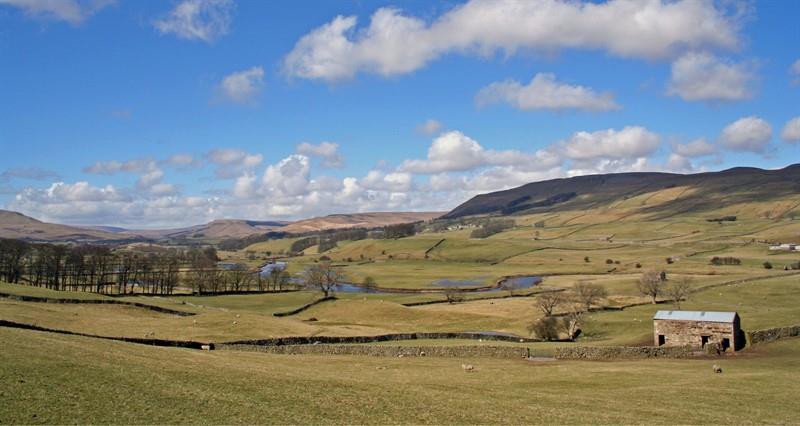North East Environment and Land Use Adviser, Kate Adams, outlines how important it is that these schemes work for North East farmers. She writes:
“It is essential that ELMS is suitable for all 16,000 farming businesses in the North East region. Net average income from direct payments is around £25,200, but with this income gradually reducing from now until 2027, all farming businesses need to understand how ELMS and the SFI will impact them.
"This is particularly important for the North East region as direct payments can account for up to 98% of farm business income - the highest of any region in England. This is thanks to the high proportion of upland grazing livestock farms. These farming businesses tend to have lower incomes than other farms, where direct payments can account for 80% of their income.
"The North East also has a high proportion of tenanted farms, where direct payments can account for 86% of farm incomes. Tenanted farming businesses also face additional challenges such as the length of environmental scheme agreements and the requirement for landowners to sign them. This is a key reason why the Environmental Land Management Scheme must be flexible and mindful of varying tenancy lengths and contracts.
"It is encouraging to see Defra aiming to make the scheme accessible for all and simple to administer. It is equally encouraging to see Defra prioritising new methods and harnessing technology to monitor progress such as geospatial data, remote sensing and virtual checks. However, with broadband connectivity an ongoing problem in the North East, it is essential that information and updates are available via alternative means on request.
"Overall, considering the importance of direct payments to farmers in the North East, it is essential that these new environmental delivery opportunities work for all our farming businesses.”
